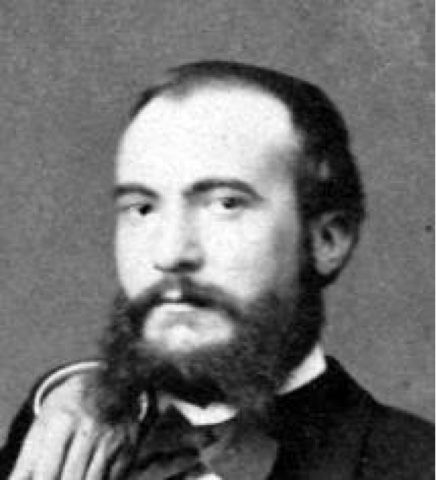Insomnia
Insomnia Insomnia is a disorder that can make it hard to fall asleep, hard to stay asleep, or both. With insomnia, you usually awaken feeling unrefreshed, which takes a toll on your ability to function during the day. Insomnia can sap not only your energy level and mood but also your health, work performance and quality of life. How much sleep is enough varies from person to person. Most adults need seven to eight hours a night. Many adults experience insomnia at some point, but some people have long-term (chronic) insomnia. You don't have to put up with sleepless nights. Simple changes in your daily habits can help. Insomnia symptoms may include: Difficulty falling asleep at night Awakening during the night Awakening too early Not feeling well rested after a night's sleep Daytime fatigue or sleepiness Irritability, depression or anxiety Difficulty paying attention or focusing on tasks Increased errors or accidents Tension headaches Gastrointestinal symptoms Ongoing worries

